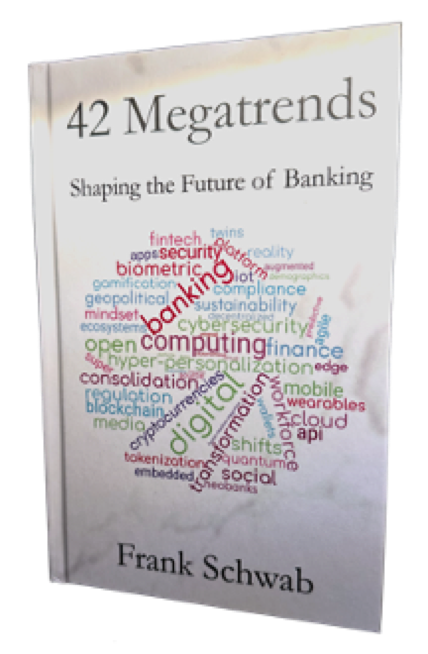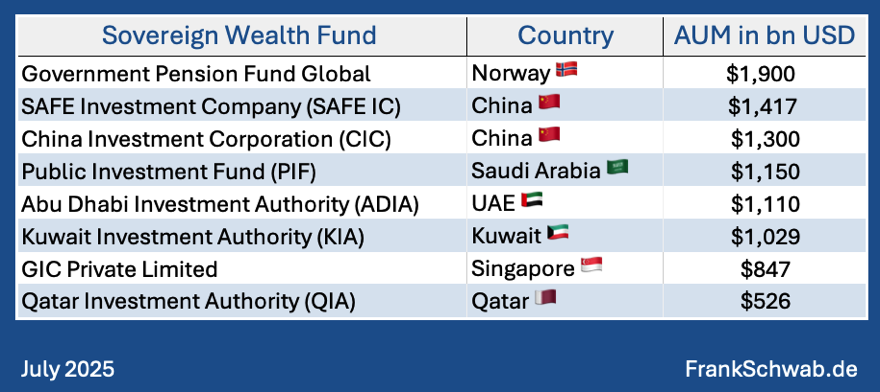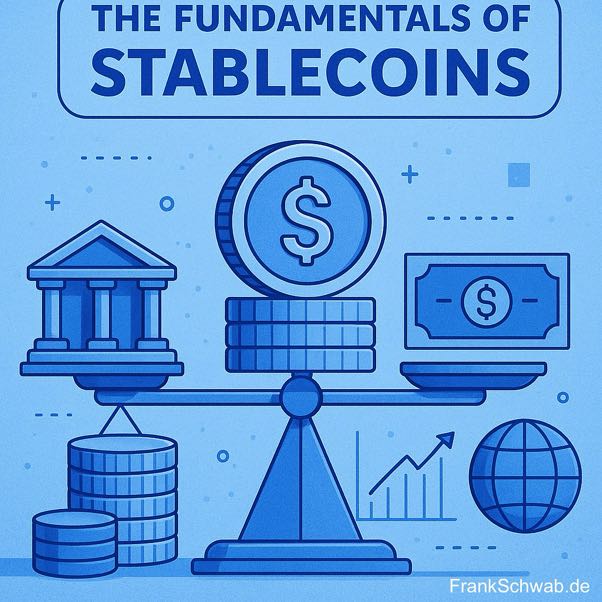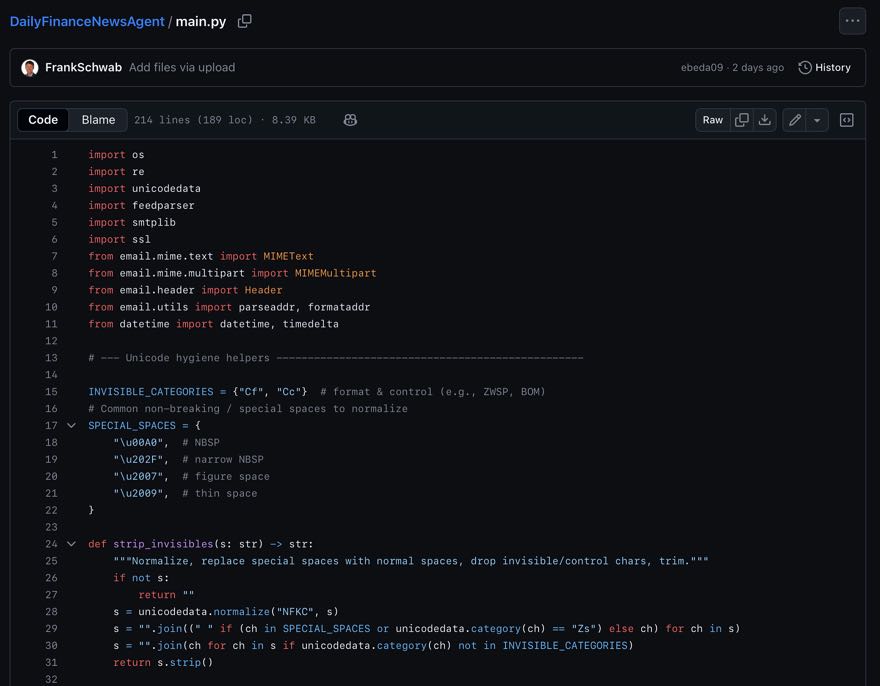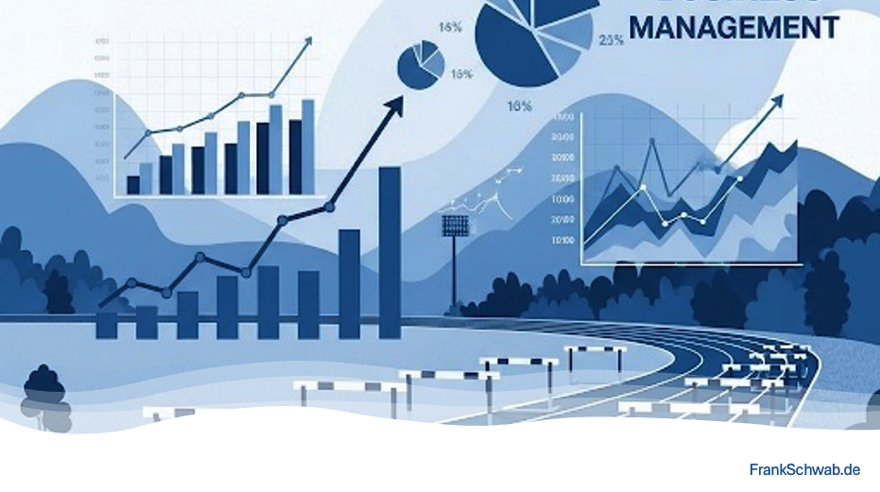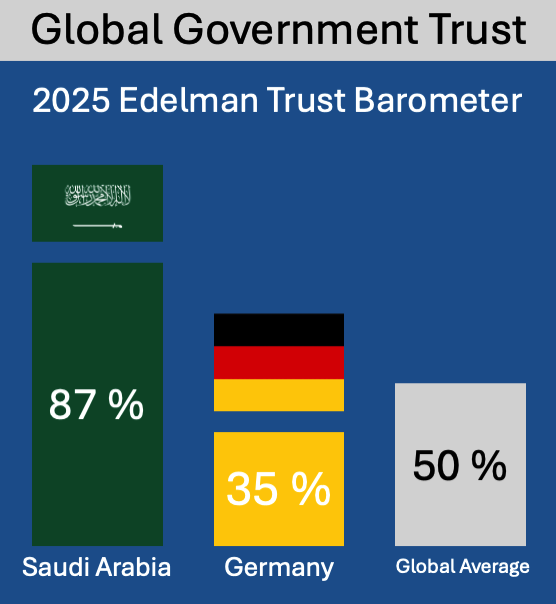From Stage Fright to Strategy: The Unexpected Power of 200+ Presentations
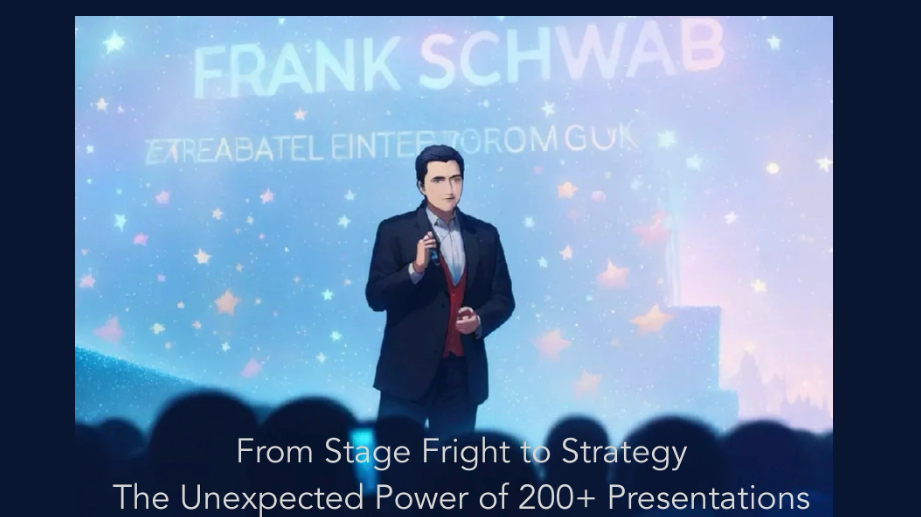
That day in Faro, Portugal, back in 2004, remains vivid. My first professional presentation. Standing before an audience at the European Banking Forum, tasked with unraveling the "Future of Retail Banking," I was a potent cocktail of exhilaration and sheer terror. The memory of the final slide clicking into place, followed by polite applause, remains a small but significant victory etched in my mind. It was the opening note of a symphony I couldn't yet imagine.
Now, two decades and over two hundred presentations later, the echo of those early nerves has long since faded, replaced by a quiet confidence born of experience. My journey through more than twenty countries across five continents, sharing insights and ideas, has yielded a harvest richer than I could have possibly foreseen. The stages I've stood upon have become unexpected classrooms, the audiences, diverse and discerning teachers.
Beyond the immediate act of presenting, a remarkable tapestry of connections has been woven. I've had the privilege of forging business friendships with some of the most respected voices in the banking world, individuals whose mastery of their craft continues to inspire me. Encounters with politicians, prominent business figures, and leading academics have broadened my understanding of the world in profound ways, each conversation a unique lesson etched into my perspective.
Perhaps the most surprising and significant outcome of this journey has been the unexpected doors that have swung open. Simply being present, actively engaging in the discourse of these conferences, has led to opportunities I never actively sought. Among these, eight years serving on a risk advisory board in Amsterdam, strategic consultancy roles in Oslo, and even a CEO position in Munich stand out as examples to the power of connection and the credibility built through consistent engagement. These weren't roles I applied for in the traditional sense; they emerged organically from the relationships cultivated and the expertise shared on those very stages.
Looking back, that nervous young professional in Faro could never have envisioned the trajectory that single presentation would set in motion. It wasn't just about conveying information; it was about building bridges, fostering understanding, and ultimately, creating opportunities. The achievements and benefits accumulated over these many years are more than just professional milestones; they are a powerful demonstration of the enduring impact of communication and the unforeseen rewards of sharing your perspective.
#speaker #speaking #frankschwab #Megatrends #banking #innovation
#SundayThoughts
FrankSchwab.de
Published in SundayThoughts, speaking, all on 04.05.2025 7:30 Uhr.
